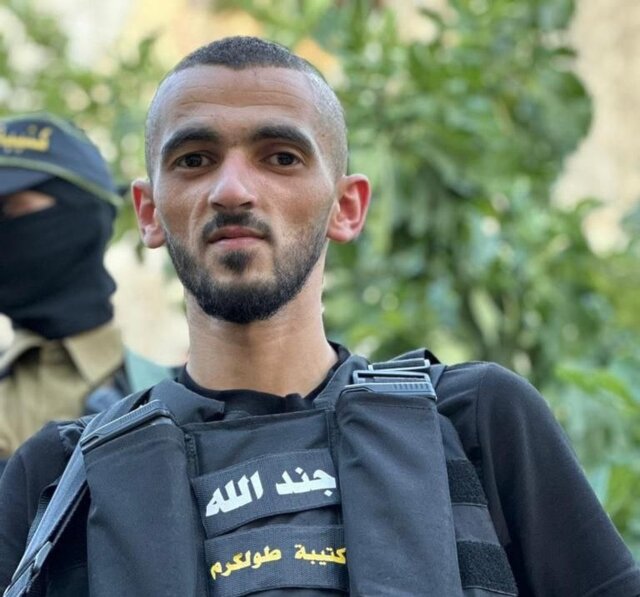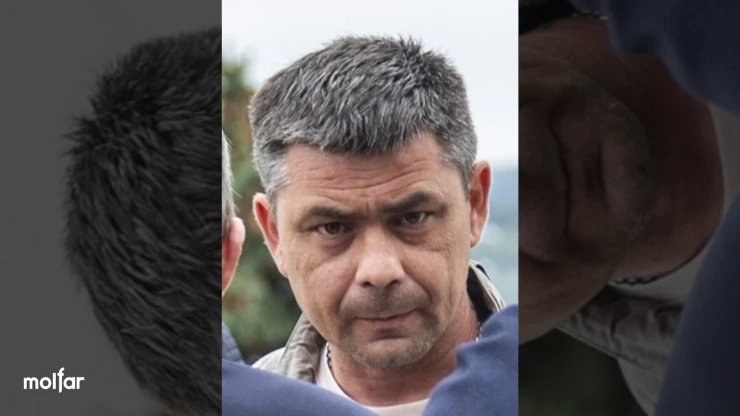March 2010 Briefs
March 2010 Briefs
DEAD END FOR DULMATIN
On March 9, 2010 Indonesia’s most wanted man was killed in a shootout with the country’s elite counter-terrorist unit, Detachment-88. Jemaah Islamiyah’s (JI) Dulmatin (a.k.a. Ammar Usman), believed to be the trigger man behind the 2002 Bali bombings which left 202 dead, had recently returned to Indonesia under mysterious circumstances from the southern Philippines, where he was allegedly sheltering with the Abu Sayyaf Group (ASG). Dulmatin was the target of a U.S. $10 million bounty in the Rewards for Justice program being offered by the U.S. State Department and had been a desired target of Philippine forces in recent years. He narrowly evaded capture during a raid on a safe house on the tiny, remote island of Simunul (Channel News Asia, May 11, 2007) and his whereabouts were the subject of intense speculation by government agencies across the region until his demise.
Dulmatin was exiting the Multiplus Internet café in the Jakarta suburb of South Tangergang’s Pemulang district when, according to National Police spokesman Inspector General Edward Aritonang, the counter-terrorism agents had no choice but to kill the suspect in their midst after he fired at them first (Jakarta Globe, March 10, 2010). Dulmatin, sometimes called “Genius” for his rote bomb-making skills may have left behind assembled explosives which greatly concerned Indonesian police after they found detonators following his liquidation, Indonesian National Police detective chief Commander General Ito Sumardi told local press (BBC, October 7, 2005; Jakarta Post, March 11, 2010).
Indonesian President Susilo Bambang Yudhoyono confirmed Dulmatin’s killing via DNA evidence at a luncheon for Australian lawmakers on a state visit to Canberra. Dulmatin was buried in his home village of Pemalang in Central Java as a crowd, estimated at 2000, shouted “Allahu Akbar” in adulation while he was interred (Straits Times, March 12, 2010). Dulmatin’s collaborator in the 2002 Bali bombings, Umar Patek, has now become further isolated and remains alone as Indonesia’s most wanted man. Dulmatin’s end has struck yet another recent blow to the wider JI and ASG Southeast Asian terror network.
MULLAH OMAR’S SON-IN-LAW CAPTURED IN KARUCHI
Another key Taliban leader was captured in the Ahsanabad area of northwestern Karachi as Pakistani law enforcement officials continue to crack down on key members of the group’s core leadership council known as the Quetta Shura in Sindh and Punjab Provinces (The Nation [Lahore], March 5, 2010). Motasim Agha Jan was a prime minister (Aaj News, March 4, 2010) in the Taliban movement’s government in the 1990s and currently is the seventh highest-ranking member of the Shura (Daily Times [Lahore], March 5, 2010) whose detention was denied by the group’s spokesman. At the time of his capture, he gave Pakistani authorities the name Tayyeb Popalzai in an effort to avoid arrest (Rediff.com, March 4, 2010). According to the Kabul Center for Strategic Studies, Jan was born in either 1968 or 1971 in a small village in southern Kandahar Province and became quite close to Omar during the anti-Soviet jihad at a young age, later becoming one of the founding members of the Taliban movement in Kandahar in the mid-1990s. [1] It is not clear where precisely Jan fits into Omar’s family. In early December 2002, Zalmay Khalilzad, then the American special envoy to Afghanistan, stated that a son-in-law of Omar had been captured in southern Afghanistan but at the time it was believed that Omar did not have any daughters of marriageable age by his three or perhaps four wives. (The News International [Karachi], December 5, 2002).
The capture of Jan seems to represent a paradigm shift in the operational outlook of Pakistan’s security agencies. For years following the dislodging of the Taliban regime in Kabul by ordinance and proxy war, the Taliban leadership operated relatively openly in Quetta, Balochistan. Jan’s capture by Pakistani intelligence officers appears to indicate a wider trend of the migration of the Afghan Taliban’s core leadership from the Balochi provincial capital to seething Karachi on the Arabian Sea. Former CIA agent Bruce Riedel was quoted as stating that Motasim Agha Jan’s father-in-law, the perennially elusive Mullah Mohammed Omar, had been spotted in Karachi (Washington Times, November 20, 2009) speculating that he may have traveled there to dodge the deadly watchful eye of American drones buzzing along the Pakistan-Afghanistan frontier. Western diplomats regularly asserted in the years following 9/11 that members of the Quetta Shura operated freely inside Pakistan in order for the Pakistani state to maintain it’s strategic depth against India inside Afghanistan when the Taliban leadership suited their needs or proved useful as bargaining chips. Motasim Agha Jan’s arrest represents a large chip in that regard as he has been described as head of the movement’s political committee and it’s chief strategic planner. [2] What Pakistan will do with Jan and whether Islamabad will fulfill the Karzai government’s request to have member’s of the Taliban’s expatriate Quetta core extradited to Kabul remains to be seen.
Notes
1. See “Mullah Agha Jan Mu’Tasem: The Taliban’s Chief Strategist after 9/11” November 11, 2009, Available at: kabulcenter.org.
2. Ibid.


